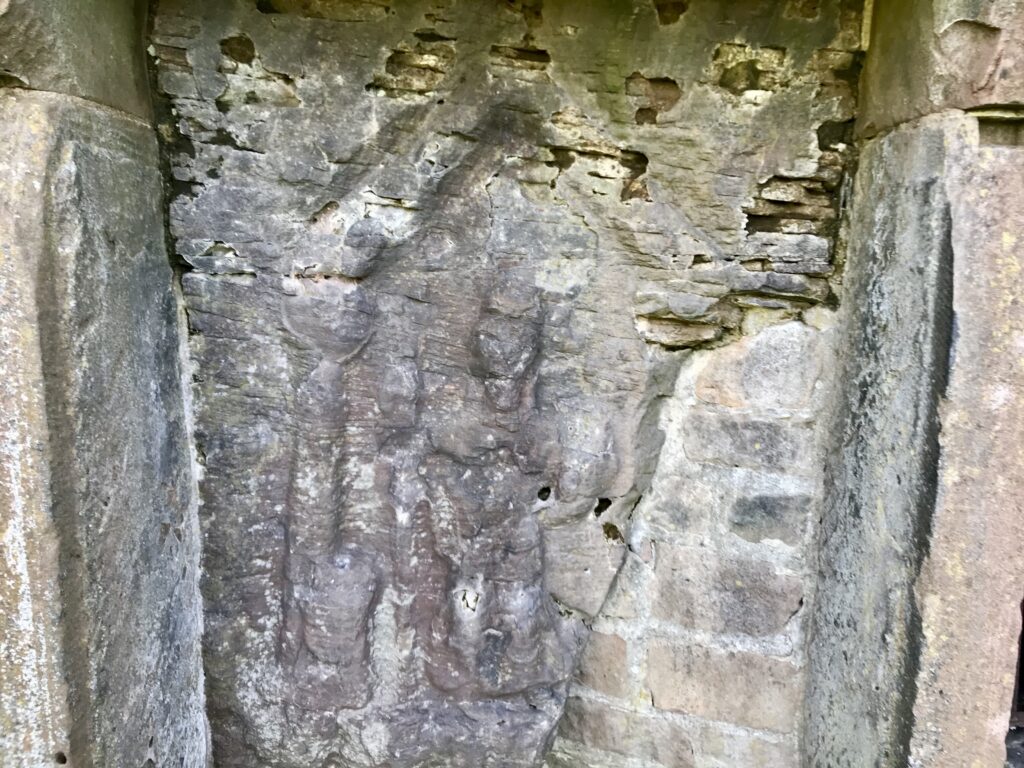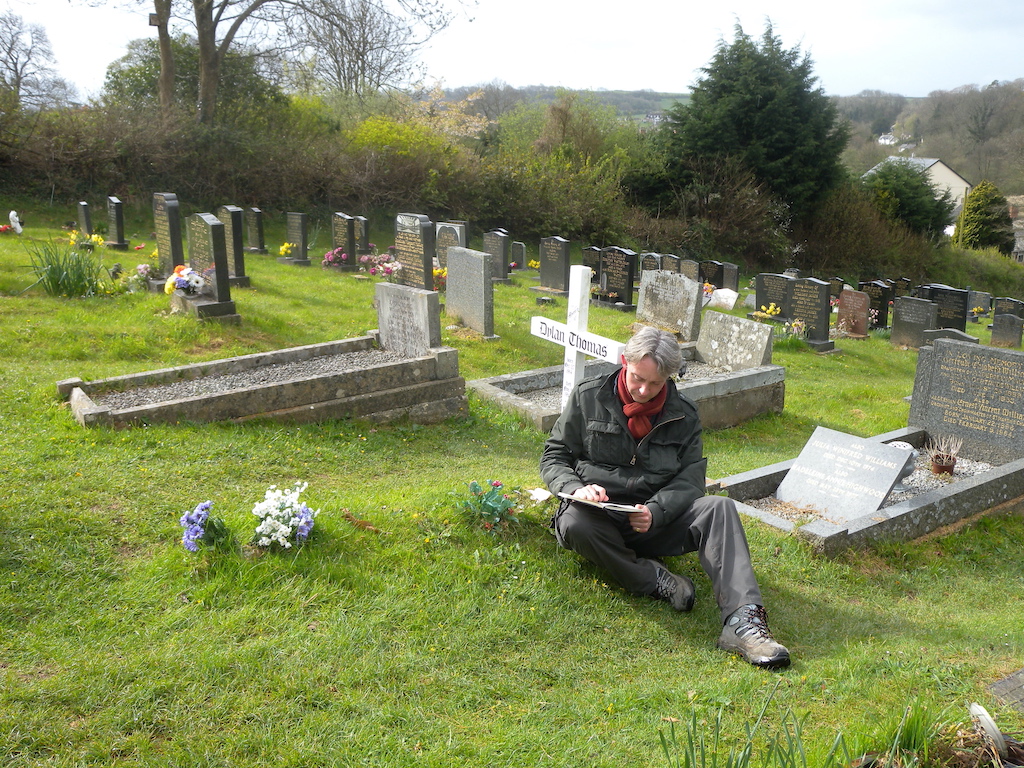
We took a walk on the dark side a few days ago.
It was the inaugural outing for my new Dark Chester tour [pictured above], a walking tour through the shadows of Chester’s 2000-year-old history.
Think Horrible Histories meets Inside Number Nine with a dash of the Uncanny podcast.
In other words, an evening storytelling stroll with tales of plague, persecution and poltergeists.
For some more background, read this blog I penned for the British Guild of Tourist Guides:
Chester: take a walk on the dark side.
This first tour was an exclusive event for the Chester Heritage Festival, which runs until July 27 with lots of free activities, as well as paid-for tours.
As well as leading the tour, I also worked with the Heritage Festival team to livestream stories from two of the tour stops.
You can watch the livestream from Chester’s Roman Amphitheatre here.
The livestream from The Bear & Billet is here.
Plus I had some great initial feedback, including this comment:
A great tour, thank you! So much we didn’t know about the city😳😟
— rhyger (@LynneRhyger) June 18, 2022
The plan now is to take Dark Chester weekly.
So join me. Let’s take a walk on the dark side.
- Liked this? Try also Download my new Haunted Chester audio tour
- Sign up to my new monthly newsletter, Hit the North, for more travel and tours around Northwest England and North Wales.
 I’m always on the look out for an alternative city walking tour.
I’m always on the look out for an alternative city walking tour.

